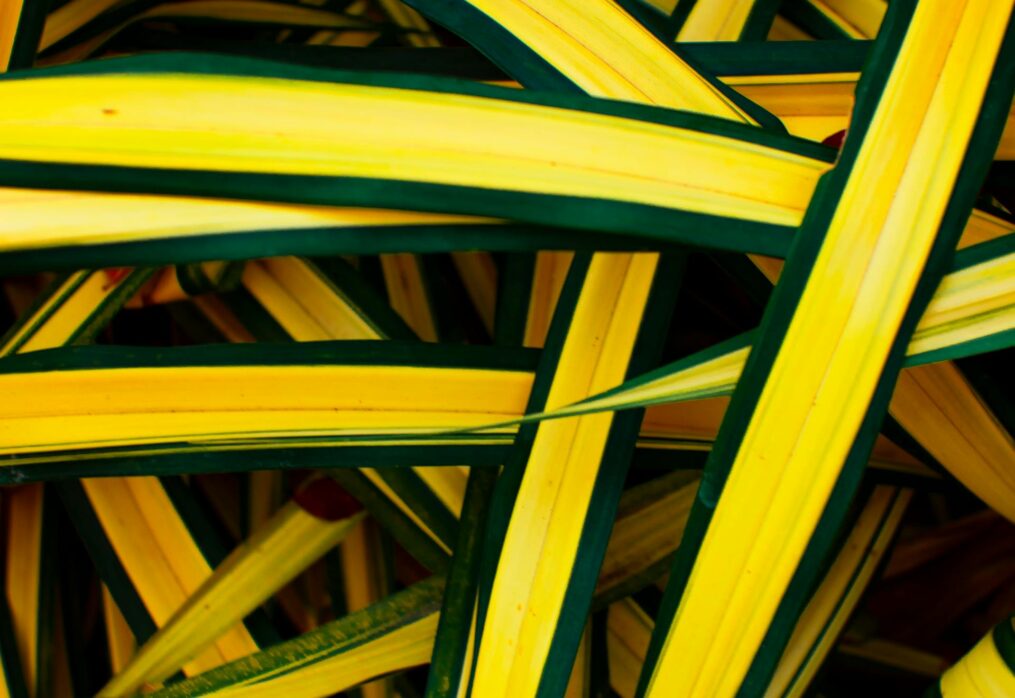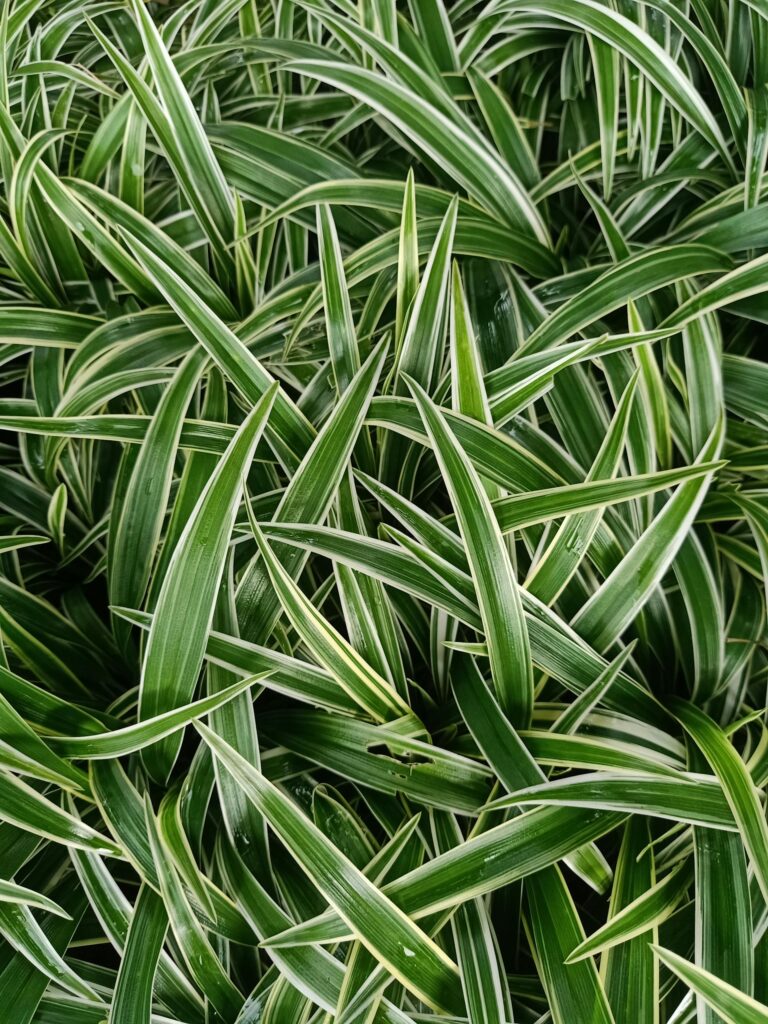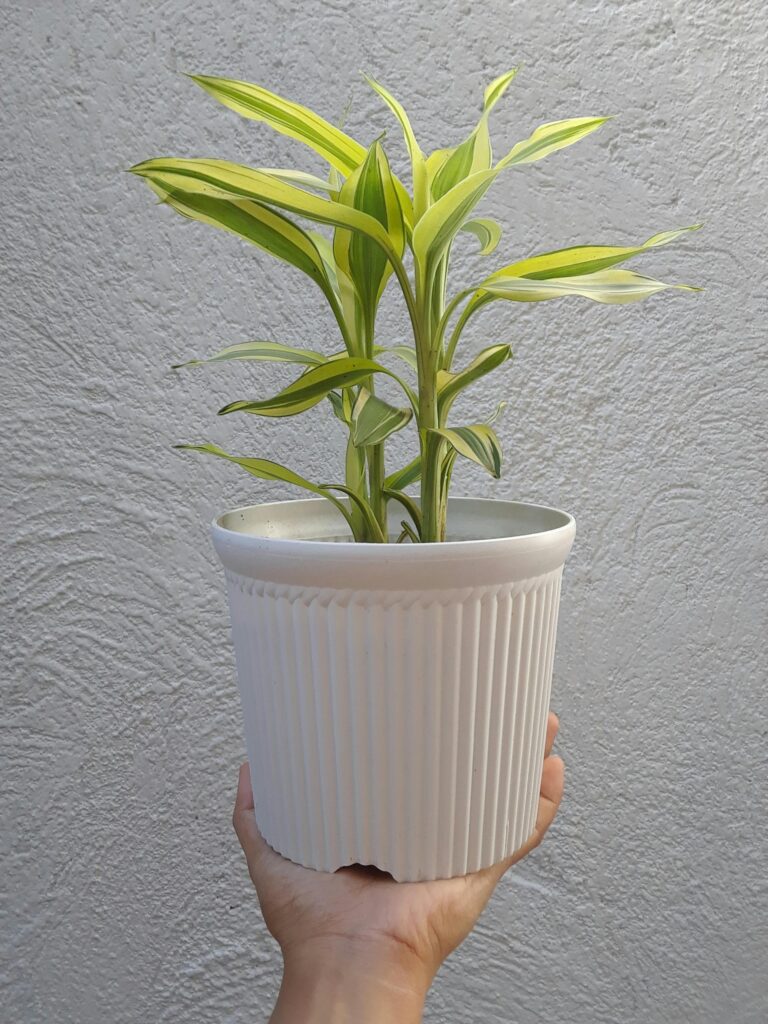Why is my spider plant turning brown?
Why is my spider plant turning brown? Spider plants are among the most popular house plants, partially for the reason that they are recognized for being easy to look after. These stripy green companions seem to grow and multiply at the speed of light and even prosper with the most little maintenance. However, they still demand a little care and attention.
One of the clearest indicators your spider plant needs some TLC is when the tips of the leaves start going crispy and brown. There are various reasons for spider plant brown tips, and your plant could be suffering from one or several of these. The good news is that all of them are quite easy to remedy with some simple spider plant maintenance.
Once you have found what might be causing your spider plants’ brown tips, take the suggestions below, and they will be looking lively and fresh again in no time!
If you’ve noticed brown tips on your spider plant, you’re not alone! Many plant enthusiasts wonder, “Why do spider plants get brown tips?” or “Why are the tips of my spider plant turning brown?” The most common causes are underwatering, overwatering, or buildup of salts from tap water. When the tips of spider plant leaves start turning brown, it can also indicate low humidity or excessive fertilizer use. To prevent this, make sure to water with distilled or filtered water, maintain consistent moisture in the soil, and avoid over-fertilizing. If you’re dealing with a spider plant with brown tips, simply trim the affected areas to keep the plant looking healthy. Addressing these issues early can stop the spread of spider plant leaves turning brown and restore its vibrant green appearance.
1. Too much direct sunlight
By far the easiest problem to tackle, and therefore the first thing to examine, is whether your spider plant is suffering due to direct sunlight.
Although spider plants adore sunlight, they are like vampires when it comes to direct sunlight. They surely won’t thank you for placing them on a sunny windowsill!
Direct sunlight will scorch their leaves, causing their color to fade and grow brown tips. As lovers of humidity, spider plants are particularly satisfied in shaded situations. They also don’t like getting too hot and will suffer for this reason if in direct sunlight.
One of the simplest spider plant maintenance tips is to just shift your spider plants out of direct sunlight! They will be able to deal with dappled sunshine, but its long, stripy leaves will feel more at home in the shadow.
2. Not enough humidity
Spider plants appreciate humid areas, such as a steamy kitchen or bathroom. If they are in an extremely dry environment, particularly if they are over a radiator, this may produce spider plant brown tips.
If your spider plant’s brown tips appeared throughout the winter, it could likely be due to a lack of humidity. Having the heating turned up to the limit causes the air in your home to become very dry, which isn’t so great for your spider plant.
To address this, you can transfer your spider plant to a bathroom or kitchen where there is increased humidity. Alternatively, you can group your plants since they’ll leak moisture into the air.
You can also place your plant in a humidity tray. This is a shallow tray of pebbles with a small bit of water at the bottom. You can position it near or under your plant to work. As the water evaporates, it raises the humidity around your spider plant. The pebbles are meant to stop your plant from really reaching the water.
If your residence is extremely dry, you can increase your spider plant care by giving your plant the occasional shower with a mister.
3. Too much or too little water
Both underwatering and overwatering a spider plant might cause it to develop brown tips.If you allow the soil to dry up fully between waterings, you are not providing your spider plant with enough water. Although you may be watering your spider plant regularly, if it is in an extremely warm or dry area, such as over a radiator, the soil may quickly dry out and need regular watering.
If your spider plant’s leaves look limp, this is an indication that you are not watering enough. Letting this happen frequently might develop spider plant brown tips.
On the other hand, if your plants are left to sit in excess water, the roots will begin to rot. It is the roots that absorb water for the plant; hence, strangely, this might lead the plant to lack water and create spider plant brown tips.
If left unattended, root rot can eventually kill your spider plant. So, if you think overwatering might be the reason for your plant’s suffering, it is crucial to take action!
4. Too much fluoride in the water
In certain locations, water is naturally high in fluoride, and in others, fluoride is added to the water to help prevent tooth decay. Too much fluoride can hurt specific plants and can be another reason why the tips of your spider plant’s leaves are turning brown.
If there’s a lot of fluoride in the water you use, this can build up in the plant and prevent effective photosynthesis. This is unlikely to be enough to kill your plant, but it can produce toxicity that causes spider plant brown tips.
To prevent brown tips, try using rainwater to water your spider plant instead. You can also try frequently draining the extra fluoride from the plants’ soil.
To do this, take your spider plant outside and slowly pour a heavy watering can full of rainfall into the plant’s soil. Let it filter through the soil, out of the bottom of the pot, and drain away. Repeat this two more times.
5. Excessive fertiliser
If you are looking at your spider plant’s brown tips and reaching for the fertilizer, STOP! Fertilizer could be the very root of the problem.
Much like too much fluoride, overfertilizing your spider plant can create spider plant brown tips. This is because excessive amounts of fertilizer can harm the plant’s roots and inhibit adequate nutrition absorption from the soil.
The spider plant care procedure to address excessive fertilizer use is the same flushing procedure described above. Repeat this three times over the next few weeks. Alternatively, you can repot the plant in fresh soil.
To avoid misuse of fertilizer, use only half as much as suggested. House plants grow slower than plants that are outside and therefore need fewer nutrients. Make sure you don’t fertilize your plant more than every three months, and only do it during the growing season. This is normally from spring until autumn.
How to solve
To inspect for root rot damage, take your spider plants out of their pots and brush off the soil from the roots. You will need to remove any pieces of the roots that are rotting. Try to remove as much of the dirt as possible, as it includes the bacteria that are causing the root rot. After, fill the pot with fresh dirt.
To avoid this, follow these two key spider plant care guidelines. Firstly, check that there are sufficient drainage holes in your plants’ pot. Secondly, always check your plant 20 minutes after watering, and pour away excess water left in the dish to guarantee your plant isn’t left soaking in water.
If the root damage is extreme, your plant may not recover. However, spider plants are noted for their rapid growth and many offshoots. Therefore, it is possible that even in the worst-case situation, some of the offshoots developing from your original plant will survive!
Getting your plant’s watering routine perfect is the best way to keep it happy. Try to only water your stripy friend when the top inch of the soil is dry. Increase your watering routine in the summer, as your plant will be growing faster and the heat will dry up the soil quicker.
On a final note
Once you have worked out the origin of your spider plant brown tips, it is easy to halt the problem with our beneficial spider plant maintenance advice. However, these maintenance instructions will not get rid of existing brown points on the plants’ leaves. These are sections of the leaves that have died and will not be able to return to life.
If you wish to remove the brown tips from your plant, take a pair of sharp scissors. Then, sterilize them with boiling water or cleaning alcohol to avoid generatinginfection, infection, and clip the spider plant’s brown tips.
You may want to cut the leaf at an angle so it preserves its pointed end.. However, this would result in a wider open incision where infection could aris;;therefore,e, we don’t advocate it. If only a few leaves are suffering from brown tips, you may decide to pull thentire leaf. If you do this, try to pull the leaf from the base so that the whole leaf falls off.
With this spider plant information up your sleeve, you will be able to offer your cherished spider plant the care it needs and ensure no future damage comes to your reliable striped companion!
I recommend checking out:
Last Updated on 1 year ago by Anjali Mehra Ph.D. in Horticulture (Punjab Agricultural University)
- Grass Varieties That Grow Well in Cold Mountain Soil - December 11, 2025
- Grass Types that Survive Frost & Snow (Uttarakhand-Specific) - December 6, 2025
- Low-Water Grass Varieties for Hilly Homes in Uttarakhand - December 1, 2025



